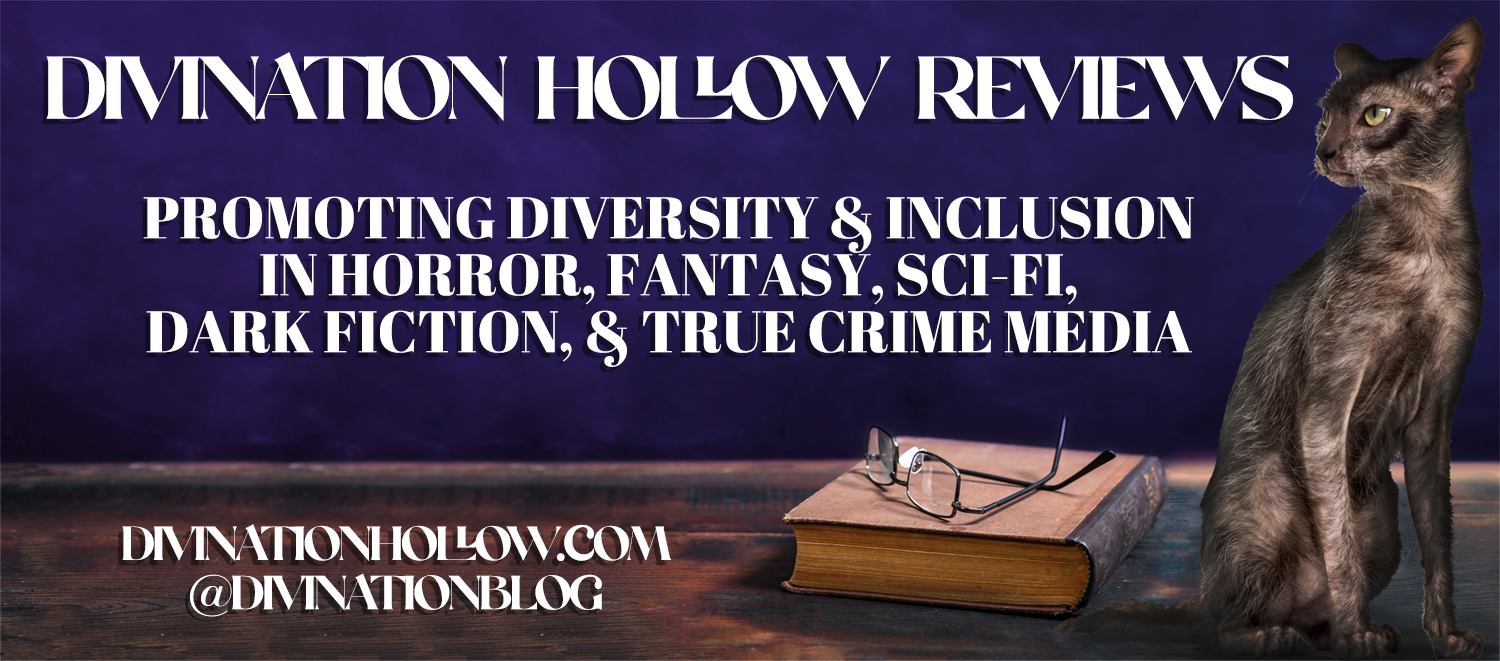Book Review: Don’t Fear the Reaper by Stephen Graham Jones
Stephen Graham Jones delivers a head-spinning mystery, thrilling action, and gleefully over-the-top kills in Don’t Fear the Reaper, his Bram Stoker Award nominated sequel to 2021’s My Heart is a Chainsaw.
A postmodern tribute to slasher movies, My Heart is a Chainsaw introduced the lakeside town of Proofrock, whose bloody history – witch hunts, a fanatical cult, and a summer camp massacre, among others – has evolved into myth. Its unlikely heroine was Jade Daniels, a horror-obsessed Blackfeet teen who was the first to suspect a new killer at work.
Chainsaw, of course, ended with countless Proofrock residents butchered on Independence Day, during the town’s annual screening of Jaws. Don’t Fear the Reaper picks up four years later. Jade is back in town, acquitted of the lake murders but on parole for destruction of property, of all things (Jade never could catch a break).
Fortuitously, Jade’s arrival has coincided with the escape of Dark Mill South, a hulking hook-handed serial killer who might as well be played by Kane Hodder. The bodies immediately start piling up, the slayings referencing everything from Silent Night Deadly Night to Happy Death Day (which Jade hasn’t heard of, since she was in prison when it came out). But Dark Mill South isn’t the only one in Proofrock with an axe to grind.
Don’t Fear the Reaper demands and rewards close attention. Jones narrates in a colloquial, stream-of-consciousness style, rife with internal monologue, digressions, misapprehensions, and seemingly throwaway details that turn out to be pivotal plot points.
Reaper is warmer and more leisurely than its predecessor. When we first met Jade in My Heart is a Chainsaw, she was an abused and alienated teen slasher fanatic who secretly yearned for an orgy of bloodshed, even as she tried to stop the killings. The Jade we find here has mellowed; she hasn’t watched a horror movie in years and is eager to leave her high school self behind.
Having established his setting and characters in the first installment, Jones allows us to spend time hanging out with Jade and her friends: gruff but tender-hearted Sheriff Hardy, wealthy but scarred former final girl Letha Mondragon, and Letha’s new husband, in-over-his-head sheriff’s deputy Banner Tompkins (Banner and Jade wouldn’t have given each other the time of day in high school; the way they hit it off now is a testament to their maturity). We also meet Jade’s estranged mother, a broken soul living off a dwindling supply of golden memories.
Some of the reunions are more sinister. We see pervy janitor Rexall in the throes of grief, convinced his dead friend Tab (Jade’s father) will eventually rise from the lake to take his revenge. We catch up with the ghost of lake witch Stacey Graves, the local legend responsible for much of the bloodshed in the first book. And we get a supremely creepy conversation with institutionalized teen Ginger Baker, a scene that reads like Jones remaking Exorcist III.
Jade may have moved on from scary movies, but the horror bug has spread in her absence. In the aftermath of the Lake Witch Murders, traumatized locals have committed themselves to learning the Gospel of the Slasher, with Jade’s videotapes and essays ascending to the status of holy relics. And Jade, of course, will have to rediscover her inner Randy Meeks if she wants to survive.
Beyond the obvious references, Jones has an uncanny ability to re-create the feeling of watching a slasher movie. The dread and the jump scares, yes, but also the less tangible sensations. In Chainsaw, for instance, Jade’s inner conflicts mirrored the cognitive dissonance horror fans feel as we root for a victim to get away, while simultaneously hoping they get a machete to the skull. In Reaper, Jones exploits the subtle feeling of wrongness that permeates certain sequels.
For instance – you know how later entries in slasher franchises awkwardly introduce new characters to fill the void left by killed-off fan favorites? Here, Jade’s effervescent “Slasher 101” mini-essays (extra credit assignments written for her beloved teacher) are replaced by similar missives by a young massacre survivor, addressed to the school’s new history teacher. These essays are interesting, yes - but there’s something off about them. The tone is calculating rather than joyful, and the relationship between student and teacher feels coercive rather than supportive.
But isn’t that what sequels do? Hew close enough to the original to honour it, while differentiating themselves enough to keep the audience off-guard?
As Jones well knows. Because as much as his stories are in conversation with other works, they talk to each other, too. An early version of the Lake Witch can be found in his 2006 short story “Raphael.” Jade’s arc in Chainsaw was a mirror image of Sawyer’s fate in Night of the Mannequins. And Reaper includes a heartbreaking sequence that evokes the mythology of The Only Good Indians.
Jones also weaves in history, Dark Mill South’s trail of bodies reflecting the psychic scars of colonialism. Speculation that this villain might have been influenced by historical atrocities against Indigenous people, or his own suffering in an Indian Boarding School, is uncomfortable but timely.
There’s a subtle magical realism in Don’t Fear the Reaper, implying a mystical throughline between seemingly unrelated events and characters. You can see it in the way Proofrock’s historical tragedies feed into each other, not to mention the suggestion of kinship between Dark Mill South and Jade’s abusive father (the real monster in her life). The fact that slasher movie rules are true in Proofrock isn’t just a gimmick, but an assertion that fiction and reality aren’t far off from each other.
Stephen Graham Jones is a literary writer obsessed with horror movies, whose encyclopedic knowledge of slasher lore is matched by his innate understanding of the genre’s capacity for metaphor and symbolism. My Heart is a Chainsaw explored themes of alienation, community, and the stories we tell ourselves to survive. In Don’t Fear the Reaper, Jones mines the sequel format to comment on the aftereffects of trauma, and how history doesn’t just repeat, but mutates.
Review by Madison McSweeney
Twitter: @MMcSw13
Instagram: madison.mcsweeney13




